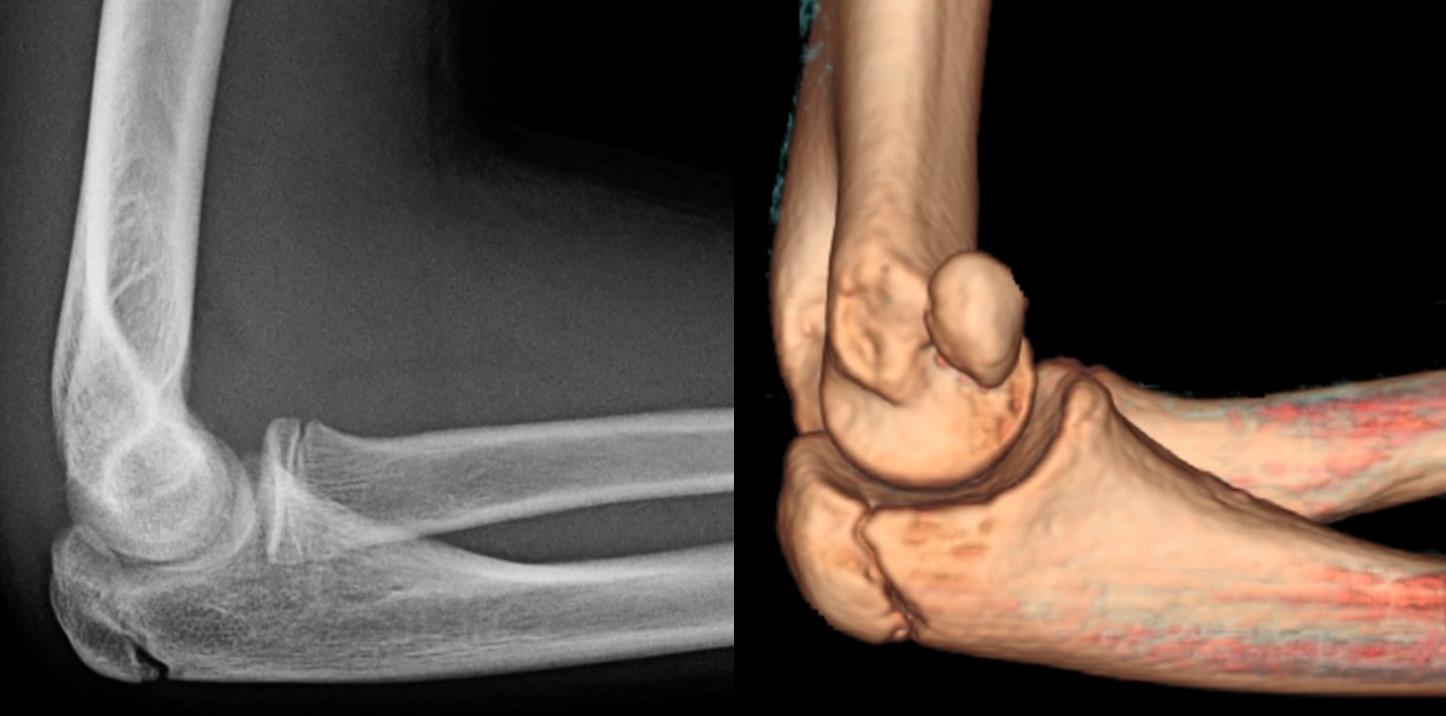| Introduction | ||||||||||||||||||||||||
|
||||||||||||||||||||||||
| Anatomy | ||||||||||||||||||||||||
|
||||||||||||||||||||||||
|
||||||||||||||||||||||||
|
||||||||||||||||||||||||
| Classification | ||||||||||||||||||||||||
|
||||||||||||||||||||||||
| Presentation | ||||||||||||||||||||||||
|
||||||||||||||||||||||||
| Imaging | ||||||||||||||||||||||||
|
||||||||||||||||||||||||
| Differential | ||||||||||||||||||||||||
|
||||||||||||||||||||||||
| Treatment | ||||||||||||||||||||||||
|
||||||||||||||||||||||||
| Techniques | ||||||||||||||||||||||||
|
||||||||||||||||||||||||
| Complications | ||||||||||||||||||||||||
|
||||||||||||||||||||||||

| Introduction | ||||||||||||||||||||||||
|
||||||||||||||||||||||||
| Anatomy | ||||||||||||||||||||||||
|
||||||||||||||||||||||||
|
||||||||||||||||||||||||
|
||||||||||||||||||||||||
| Classification | ||||||||||||||||||||||||
|
||||||||||||||||||||||||
| Presentation | ||||||||||||||||||||||||
|
||||||||||||||||||||||||
| Imaging | ||||||||||||||||||||||||
|
||||||||||||||||||||||||
| Differential | ||||||||||||||||||||||||
|
||||||||||||||||||||||||
| Treatment | ||||||||||||||||||||||||
|
||||||||||||||||||||||||
| Techniques | ||||||||||||||||||||||||
|
||||||||||||||||||||||||
| Complications | ||||||||||||||||||||||||
|
||||||||||||||||||||||||